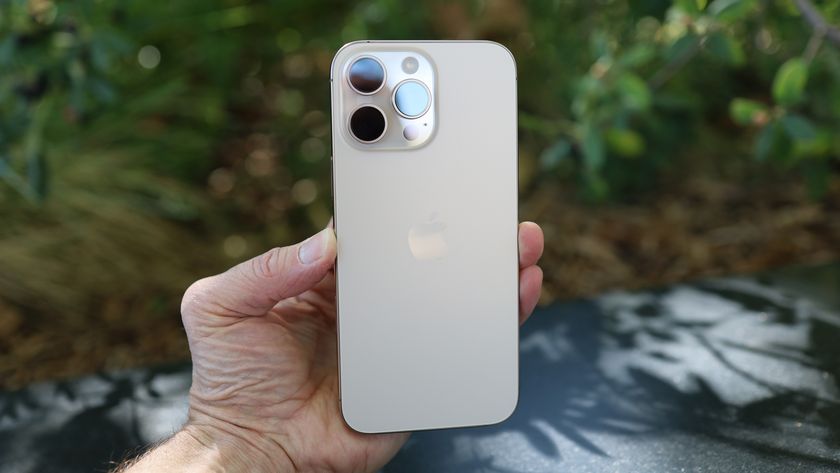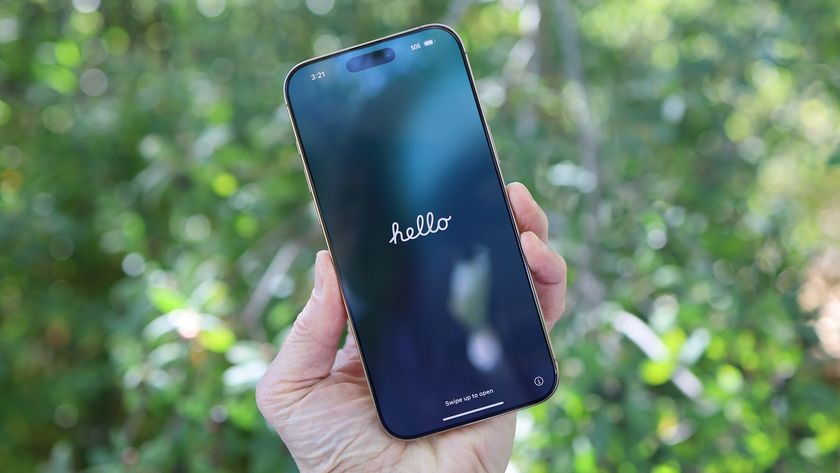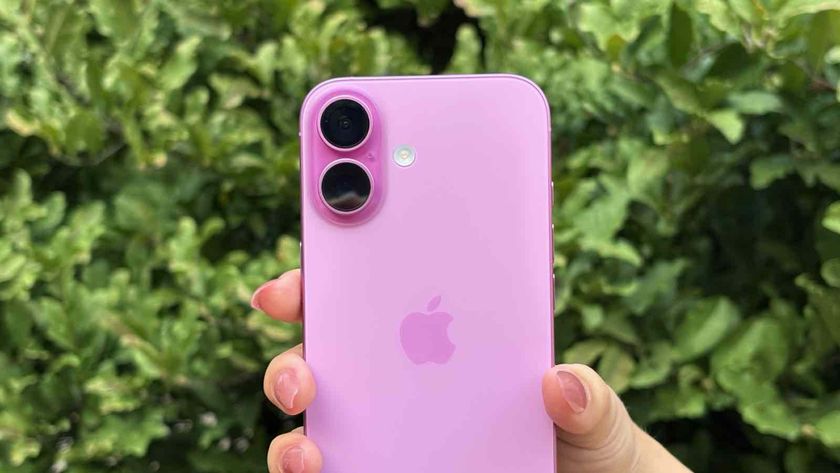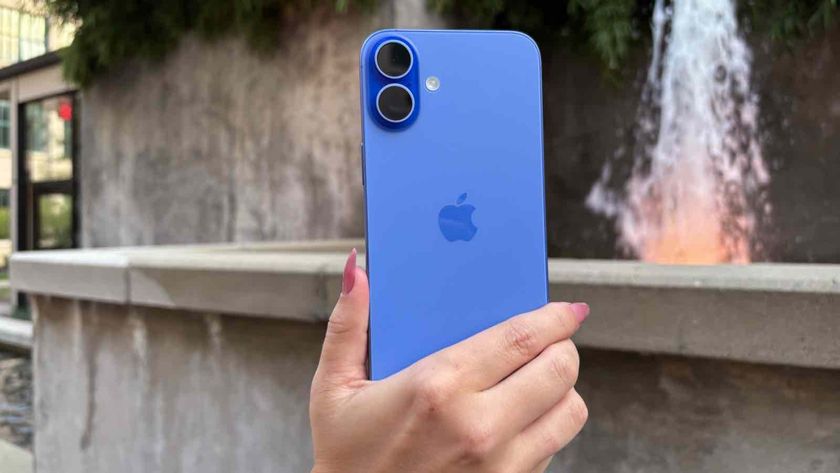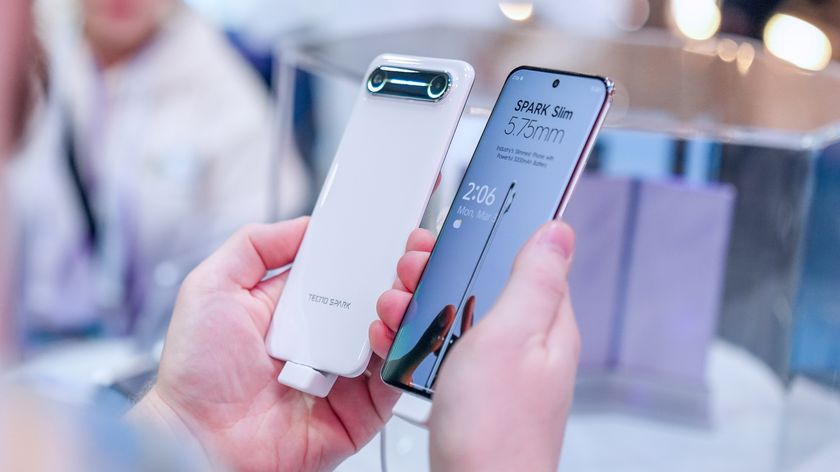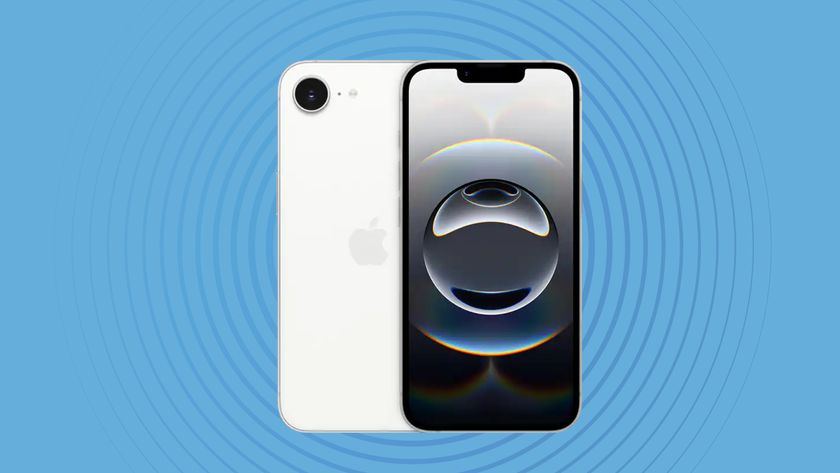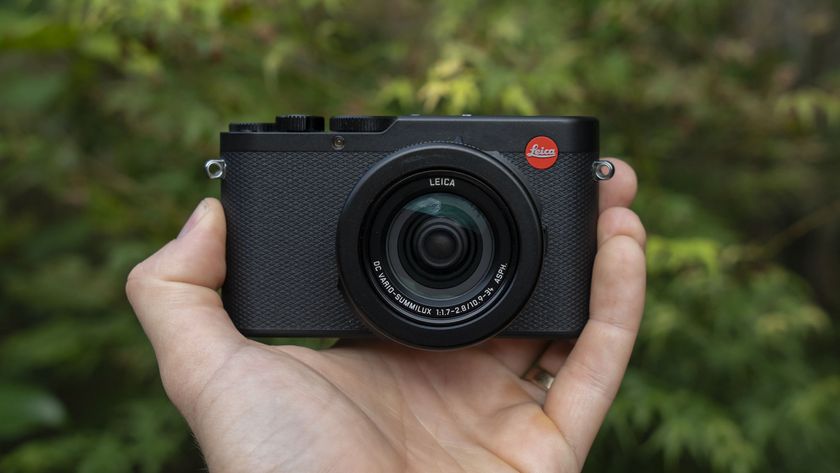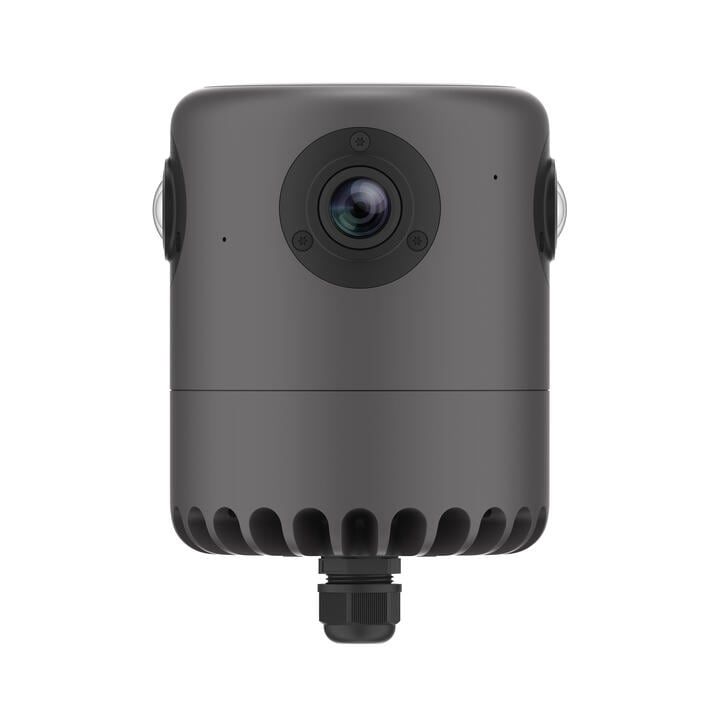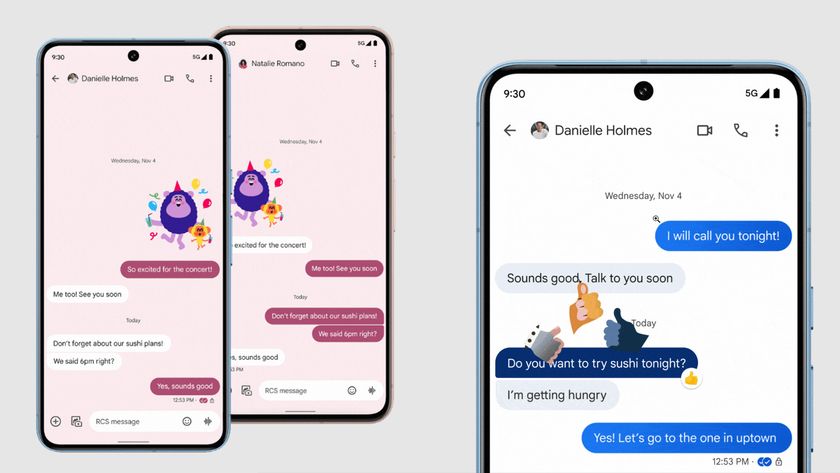Why photographers should be excited about the iPhone 6 iSight camera
The iPhone 6 cameras are chock full of goodies
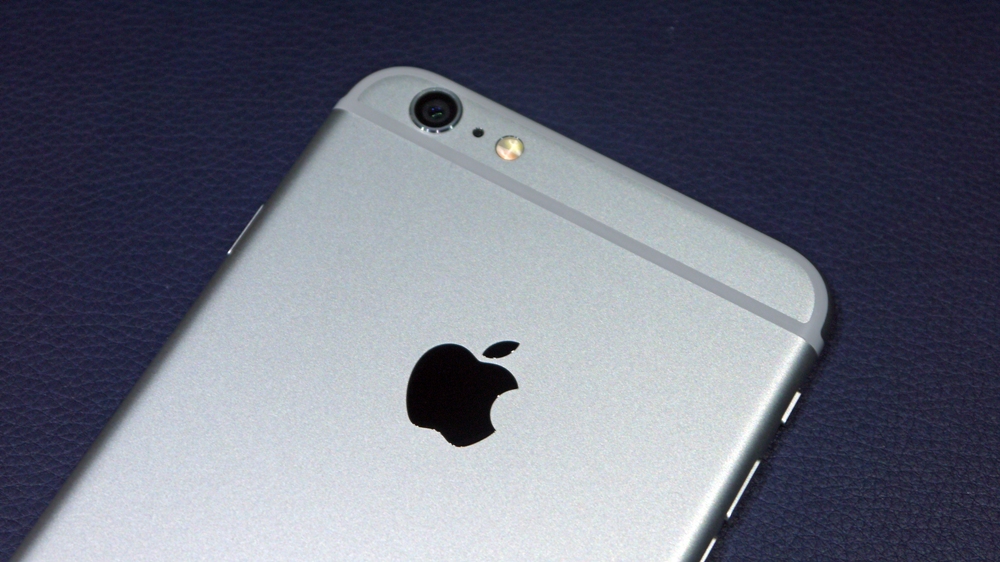
The iPhone 6 and iPhone 6 Plus have been announced, and with the all new iPhone announcements, there are new camera goodies, too. The iSight cameras on both models remain 8MP shooters, same resolution as previous iPhone models (4, 4S, 5 and 5S), but with great new features.
We all know that the use and sales of point-and-shoot cameras and digital camcorders has gone down dramatically since the iPhone has come onto the scene, and for good reason. Now, the iPhone's camera, or iSight camera, is better than ever.
First, we'll start with the stuff that really matters in photography - collecting light, making sure photos are in focus and that we capture the right moments.
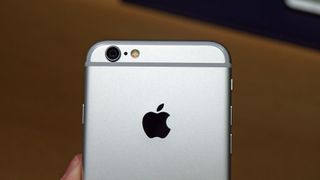
When it comes to collecting light, Apple makes no mention of changes in its lens structure or number of elements, so we're assuming it's the same as the iPhone 5S and iPhone 5. Pixel size is 1.5 microns, same as the iPhone 5S, and the aperture opening is a fixed f/2.2, again same as the 5S.
Additionally, True Tone flash remains, which is great. It's a dual-color or dual-temperature flash that has each color firing at varying intensities based on the scene to make sure colors and skin tone stay true. This is a feature that no other smartphone really offers right now.
iPhone 6: Focus Pixels
Apple introduced a new feature called Focus Pixels, which is just its fancy way of saying that the iPhone 6 and iPhone 6 Plus both have phase detection autofocus. Having phase detection AF is excellent, and slightly faster than contrast detection AF.
The iSight's camera has pixels paired for phase detection autofocus, basically like using an old rangefinder camera or SLR, where you look through the viewfinder and try to align the two images that are slightly blurred.
Get daily insight, inspiration and deals in your inbox
Sign up for breaking news, reviews, opinion, top tech deals, and more.
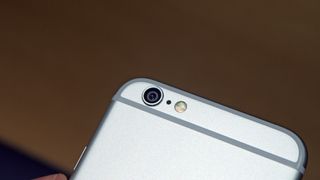
As the lens or module in the iPhone 6 and iPhone 6 Plus move forward and back, these phase detection pixels on the sensor will determine when your subject is in focus and stop the movement. Then you'll be ready to take the photo.
Apple says that this makes autofocus faster than ever on the iPhone, and we can't wait to test it out against the iPhone 5S to see if it's a tangible and noticeable difference.
iPhone 6: image quality
Apple doesn't go into detail about some of the new features that it mentioned, but I can give it my best shot. The first is tone mapping, which Apple says is improved in the iPhone 6 and iPhone 6 Plus iSight cameras.
Basically, tone mapping is image processing, and when Apple says it's improved in the new iSight camera, I'm guessing what it means is that color and detail rendition, especially in highlights and shadows, are better preserved and represented.
We all know that the photos we take can look a little flat, or just plain wrong in terms of highlight and shadow detail and exposure. Apple is probably taking steps to improve this so you have to do less work in post-processing photos.
The next item touched on is noise reduction. Now, there are two types of noise in photos - luminance and color noise. Luminance noise tends to happen in low-light situations, or in shadow areas of your photos. You'll see pixels that are bright and speckled, which makes the darker photos or shadow areas look muddled.
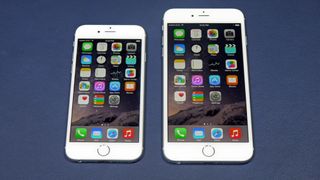
Color noise can do the same thing to colors, making them look less smooth. You're not getting an accurate representation of what you've actually photographed.
The trouble with noise reduction, especially in smartphone cameras with tiny sensors and puny lenses, is that images tend to become smudged as image processing software reduces noise. Apple says that the iPhone 6 and 6 Plus cameras will retain sharpness while applying noise reduction. This is a common technique, but images start to look fake when either process is strengthened.
When it comes to noise reduction, I'd like to see large versions of the iPhone 6 and 6 Plus photos to see just how good, or bad, the photos really are.
- 1
- 2
Current page: iPhone 6 camera: a photog's delight
Next Page iPhone 6 video recording and image stabilization